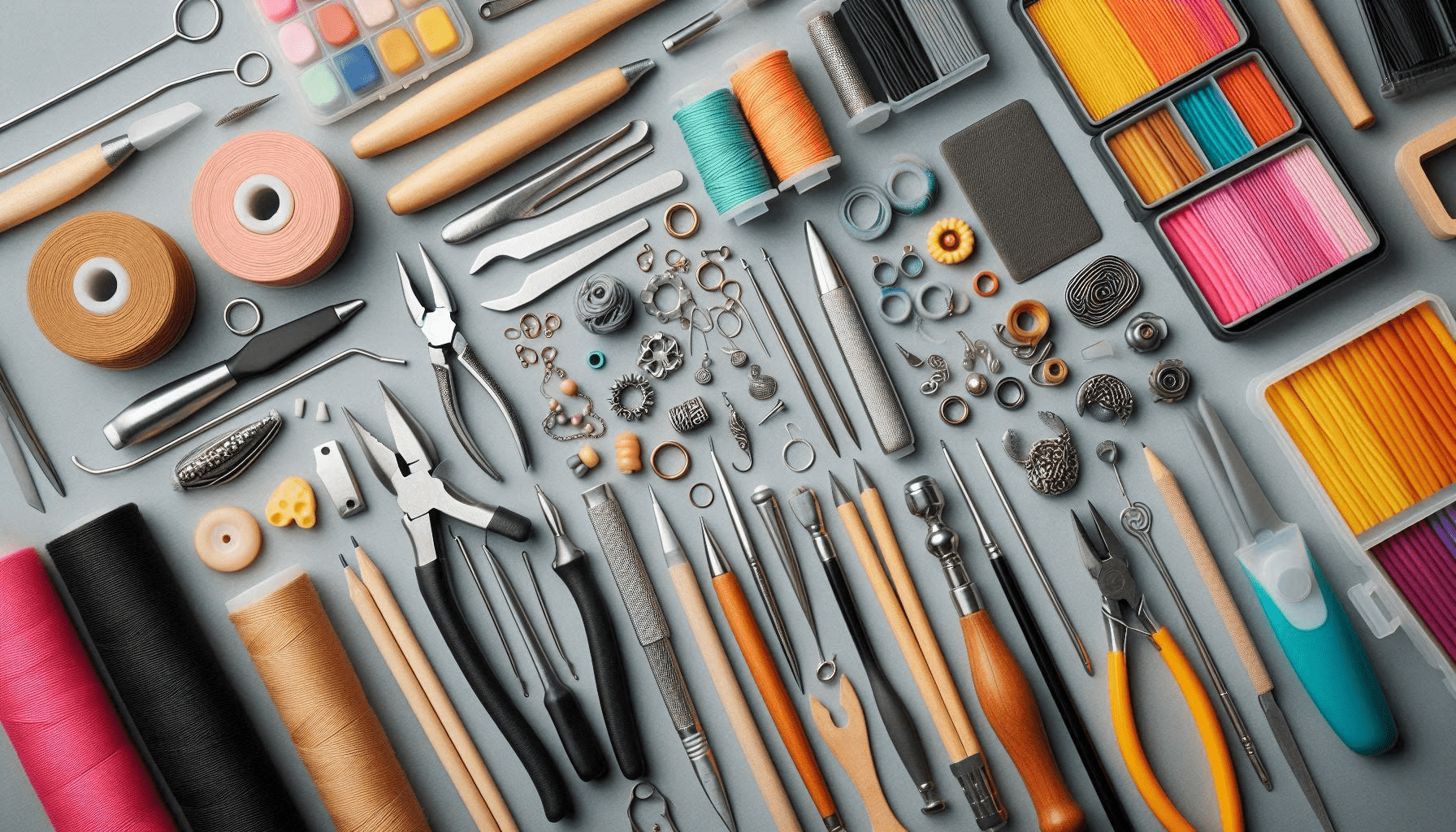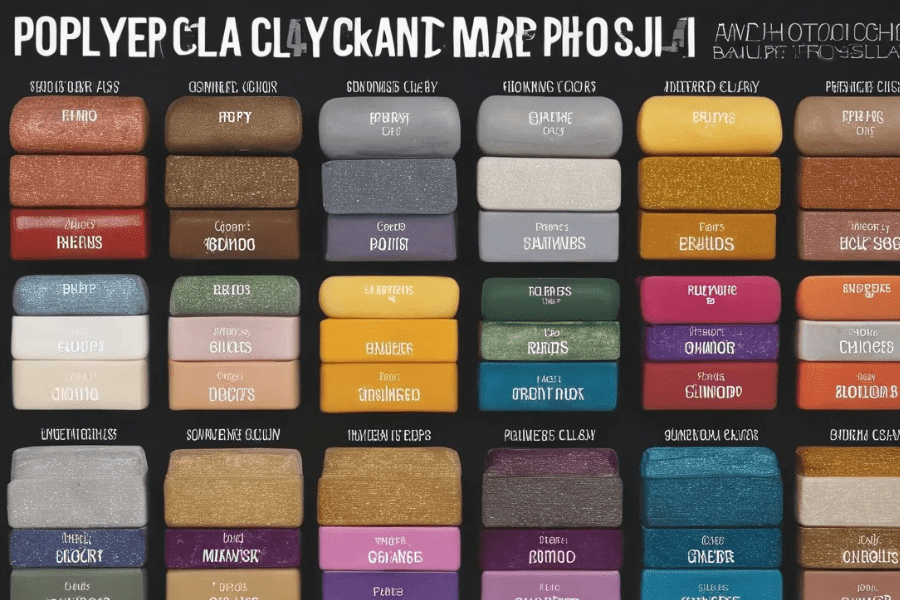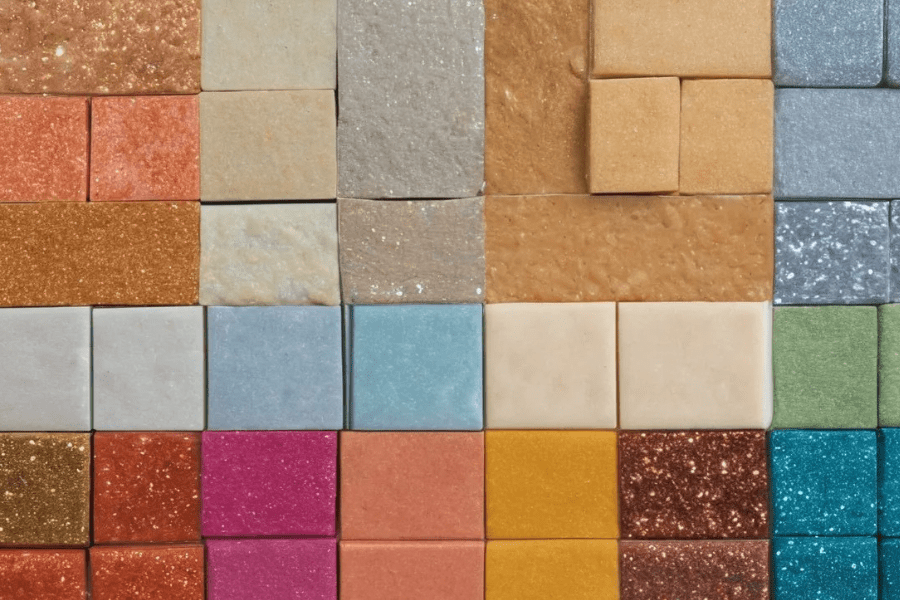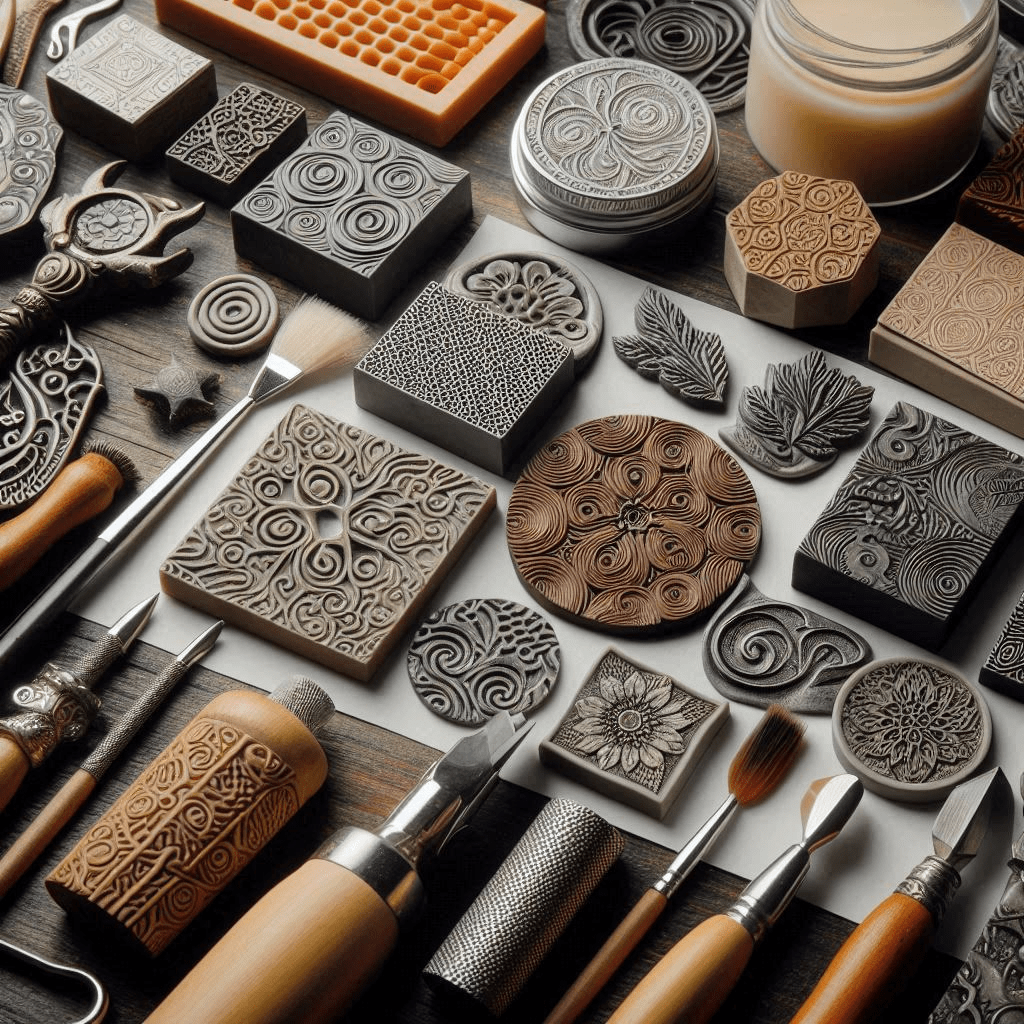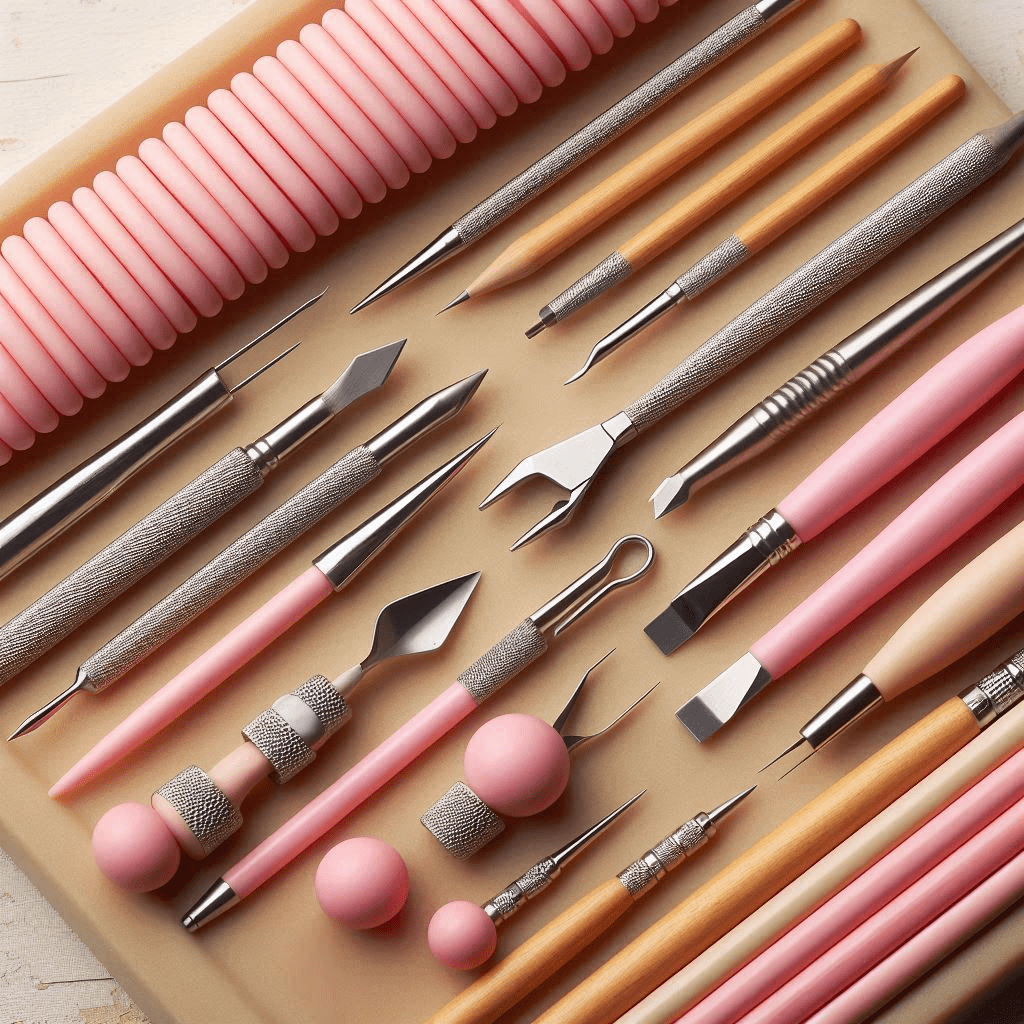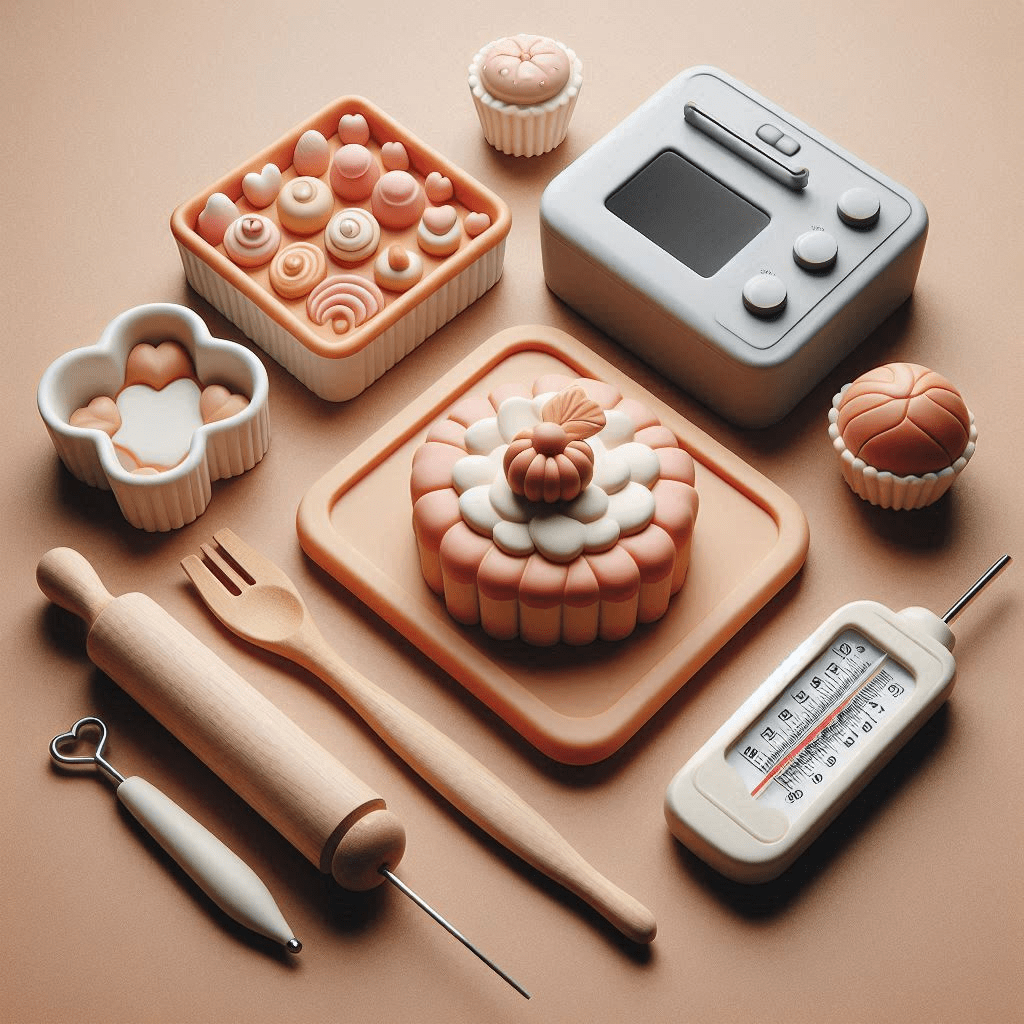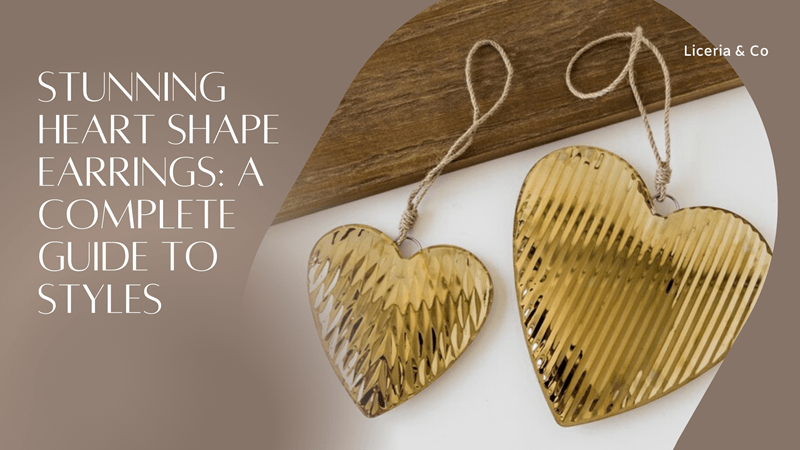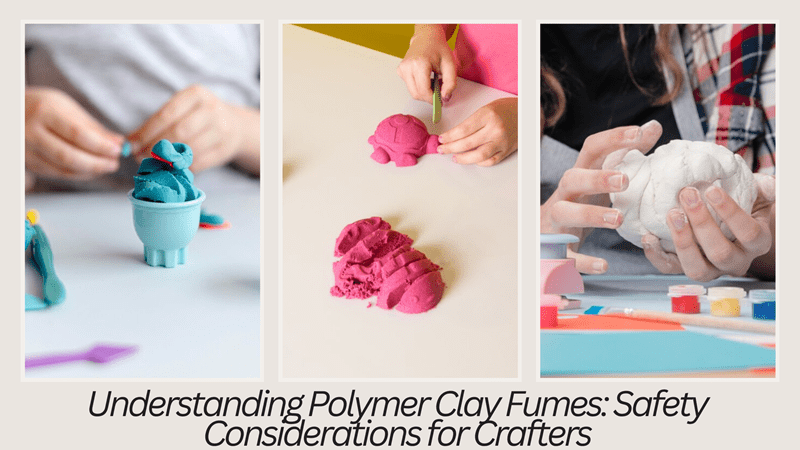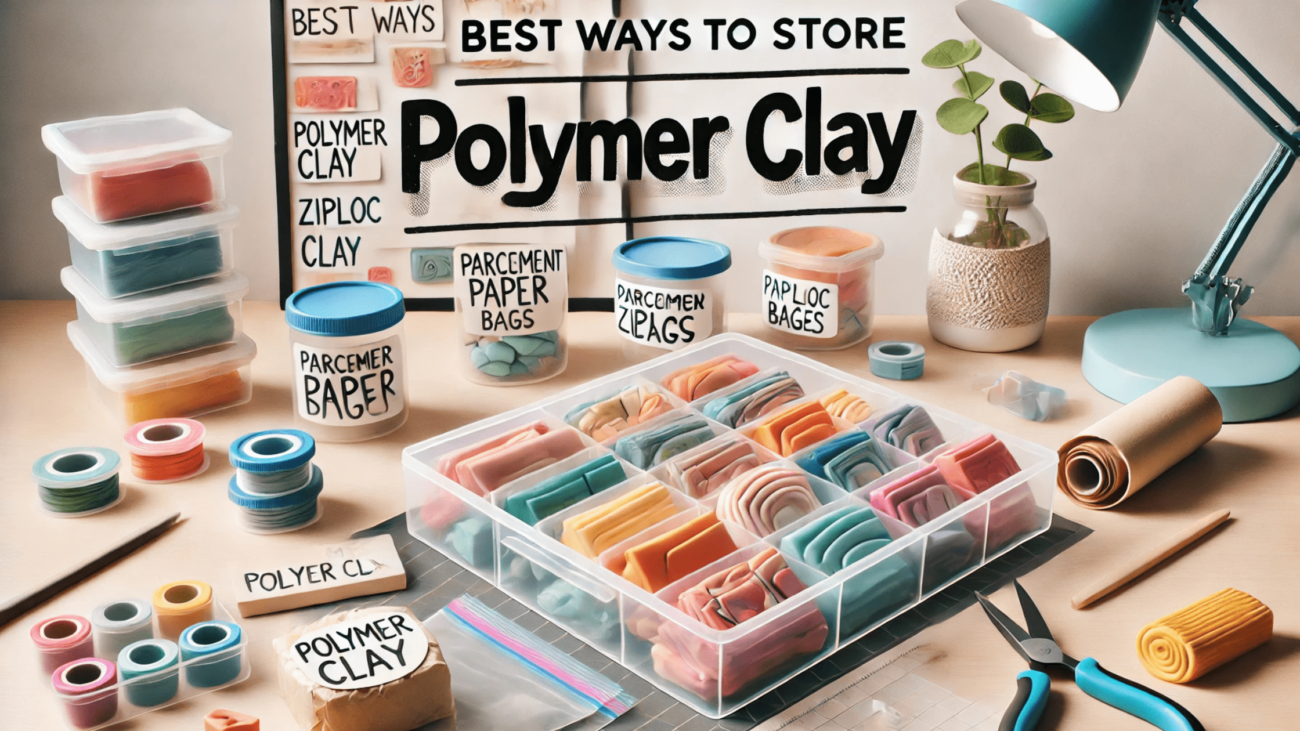What you should know before you Start Making Polymer Clay Jewellery
You are indeed judged by the company you keep and so the polymer clay jewellery that you sport is a perfect vehicle to document you! This plastic material has no bounds for creativity and innovation. Essential tools for creating stunning polymer clay jewellery In this ultimate guide of polymer clay jewellery tools, we will examine what the tools are used for and the value of each and every tool in the creations.
Polymer Clay
Yes, at the core of each and every polymer clay jewellery project is the clay. First, there are a variety of different types of polymer clay available. Some different common brands are Sculpey, Fimo, and Premo. This is from relative hard clays that meet specifications which may be for forming complicated designs and detail work.
The Different Types of Polymer Clay to Use
Here are a few things to consider when buying your polymer clay:
Color options: Predictions also can take on all sorts of colors, including metallics and translucent clays.
Texture: Some clays are better for detailed work (i.e. firm), while some (i.e. soft) are easier to blend and condition.
Curing: The first thing to consider here is to ensure that the curing temperature of the clay you eventually decide on is something that your oven should be able to handle.
Work Surface
One of the important things, for your polymer clay making is a clean, smooth work surface. Working on non-stick surfaces, like a sheet of glass or a ceramic tile, prevents the clay from sticking and helps keep your area clean. Using a specific work surface which is cleared from dust particles or pieces of dirt, would be of help to prevent the mishap from happening, as these could ruin the clay product.
Best Practices for Keeping Work Surfaces — Clean
Disinfect regularly: Each time you prepare to work, and each time you finish, wipe your work surface down with a damp cloth.
No food or drink: Keep snacks and beverages away from your workspace to prevent spills and crumbs.
Polymer Clay Use Best Practices: 1. Have a set of separate tools: Use dedicated polymer clay tools to avoid cross-contamination with other mediums.
Rolling Tools
Rolling Tools These are used to condition the clay and to roll it out flat and evenly to prepare flat sheets. There are multiple rolling tools that have their advantages.
Acrylic Roller
Acrylic roller : A simple and effective tool for thinning polymer clay. The non-stick surface prevents the clay from sticking to the rolling pin so you have nice, even sheets every time.
Pasta Machine
Another, more sophisticated tool is the pasta machine, which can also be used for conditioning and rolling polymer clay. Well adapted to be able to control the thickness of the clay, layers and blends of the same clay.
Cutting Tools
These tools help you slice your polymer clay into various shapes. Now, we have various cutter tools designed for different purposes.
Blade Sets
Blade sets include: straight blades, flexible blades & ripple blades. They are used to cut into clay, provide clean edges, and are often used to make delicate cuts.
Cutters of Cookie and Shape
Cookie cutters and shape cutters come in a variety of sizes and shapes. Great for making uniform shapes and patterns on polymer clay.
Craft Knife
For detailed cutting and trimming use a craft knife or X-Acto knife. Its sharp blade allows for precision cuts and fine detailing.
Texture Tools
Texturising polymer clay will help bring some dimension and depth to your jewellery, so that they will be visually interesting — and also something that people will want to touch. Hectic means of producing texture
Texture Sheets
Texture sheets: A texture sheet is a sheet with designs that are raised. But when the sheet gets pressed onto the clay, the texture gets transferred and gives the piece the feeling of depth.
Stamps
One way to decorate polymer clay is to indent patterns with rubber or silicone stamps. Stamps come in dozens of different styles, from highly detailed florals to geometric motifs.
Household Items
We used all kinds of common household items to add textures to our sticks — tulle, fabric, grates, leaves. So, exploring different materials is also great fun, you get also quite interesting and surprising outcomes.
Sculpting Tools
Here are a few sculpting tools that you need to smooth and shape polymer clay jewelry. This data can be accessed and used by a lot of kinds of tools which are tailor made for somethings.
Ball Tools
Rounded dotting tools or ball tools with a variety of tip sizes are the best thing to use. They are great for alevening out and smoothing edges, and adding details.
Needle Tools
Needle tools are long, pointed implements that can be used to create small holes, fine lines, and intricate designs. These have been a great lifesaver for me as you need these for the finsh touch on polymer clay jewellery.
Clay Shapers
Clay shapers are available with flexible rubber tips in different shapes. These are ideal for blending, smoothing and sculpting polymer clay.
Baking Tools
To harden and set, polymer clay is cured with baking. Having the proper baking tools is key, and with so many out there, it is important to make sure your pieces actually cure right and evenly.
Oven
For more involved, serious polymer clay baking, a toaster oven (or convection oven) is a good investment. It provides steady, even heat, important for proper curing. Do not use a microwave or a household oven, which can produce inconsistent results.
Baking Tile
When baking, heat is distributed evenly thanks to ceramic or glass baking tile. Your clay shapes can either sit upon a tile which is nice and level to prevent the warping,
Oven Thermometer
An oven thermometer is a must for the right temp. Oven thermometer: Since the temperature of the oven is the only thing that actually cures the polymer clay, oven thermometer is an absolute must-have tool!
Finishing Tools
Finishing tools are the ones that finish your polymer clay jewellery to give that professional touch, even after baking and cooling.
Sandpaper and Buffing Tools
Sanding and polishing: Very fine-grit sandpaper and buffing tools help smooth and polish the surface of the clay. Sanding smooths out irregularities and buffing gives a glossy touch.
Varnish and Sealants
Sealants and varnishes can help protect the surface of your polymer clay jewellery, as well as add the finishing shine. Choose a polymer clay friendly sealant that will last longer.
Conclusion
Tools and Techniques for Beautiful Polymer Clay Jewellery With the right tools and clean, organized workspace, you can make beautiful pieces that look professionally done. This is a collection of polymer clay jewellery resources you need as an polymer clay artist — whether you’re a novice or a veterans crafter looking to elevate the bet of your creative flow.


